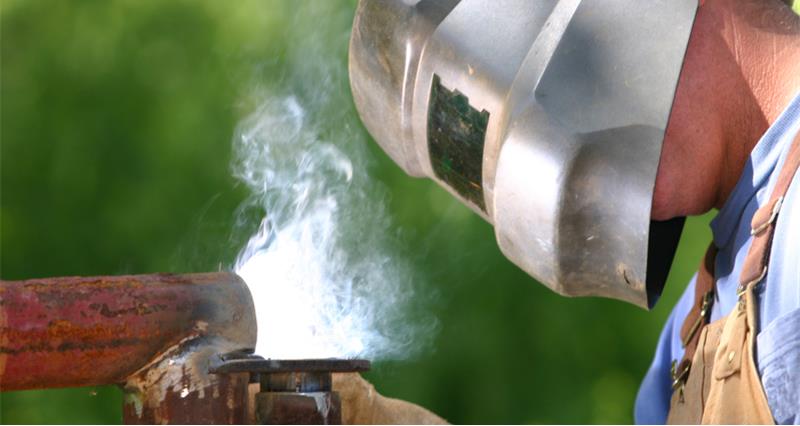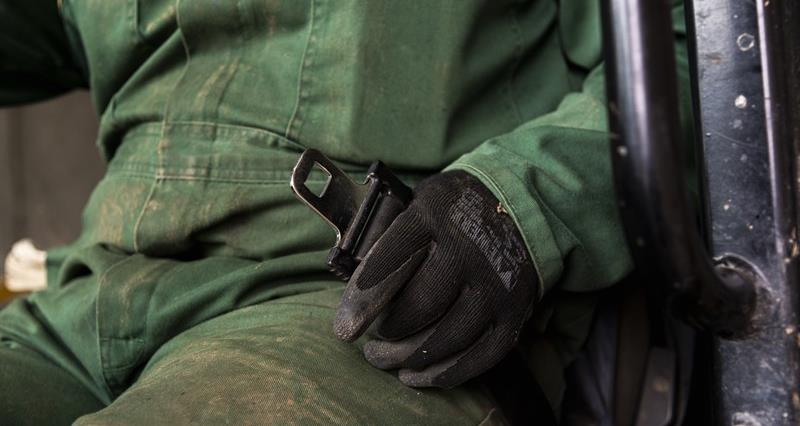The following guidance applies to all forms of welding, regardless of the size of the job, or the skill of the worker.
Legal obligations
The fumes and gases from welding fall under COSHH (Control of Substances Hazardous to Health Regulations) requirements.
As an employer you are required to protect workers that are welding by providing equipment for extracting fumes and dust, along with providing suitable PPE.
Employees have a duty to use equipment properly and follow any instructions given.
Risks
Welding fumes can cause lung diseases and increase the risk of asthma and cancer if not properly managed.
The location, indoors or outdoors, and the type of metal will affect the risks and controls needed. Assess each situation individually but ensure you are following all general guidance.
Controls
There are three key control measures to take when welding:
- Avoid or reduce exposure – consider if you can use another method to do the work (e.g. distance welding or MIG welding). Plan the work before starting to reduce time welding.
- Use RPE (Respiratory Protective Equipment) to protect workers from inhaling fumes.
- Use LEV (Local Exhaust Ventilation) to remove fumes, if possible. Alternatively, work should be done outside or in a large, well-ventilated building.
Further information on choosing an effective LEV system can be found on the government's website: GOV.UK | Welding fume control
Choosing the correct RPE
If it is not practical to provide LEV, workers should be provided with suitable RPE and eye protection.
For work up to one hour, workers should use a FFP3 disposable mask or half-mask with P3 filter.
For longer duration work, a battery-powered air-fed protective mask should be worn. This should have a minimum protection factor of 20 (APF20).
Face-fit testing should be provided, guidance on this is available from the HSE (Health and Safety Executive) website: GOV.UK | Fit testing basics – Respiratory protective equipment. As RPE relies on fitting close against the face, workers should not have facial hair as it will allow leakage of ‘dirty’ air behind the mask.
Other safety steps to consider
- Deliver worker training for welding, with a specific focus on health and safety
- Ensure all equipment is in good working order
- Check equipment before each use for obvious faults or damage
- Present clear instructions to staff on using equipment safely
For more information and guidance, visit the HSE website: GOV.UK | Welding fume: protect your workers



